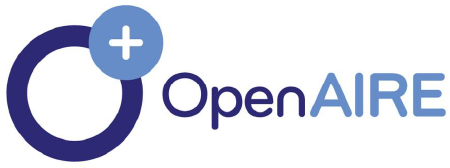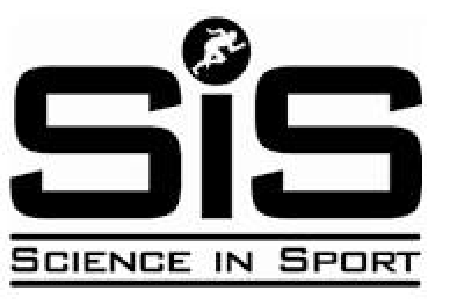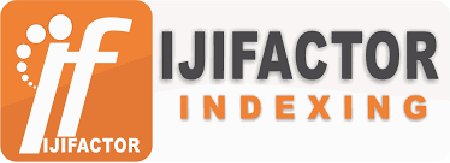METHODS FOR CREATING AN EFFECTIVE COMMUNICATIVE ENVIRONMENT FOR STUDENTS IN HIGHER EDUCATION
Abstract
The article explores methods for constructing an effective communicative environment in higher education, emphasizing the development of communicative competence as a fundamental component of professional training. The study systematizes the structural elements of the communicative environment, including motivational, cognitive, operational, and personal aspects. The research substantiates the role of interactive teaching methods, including training sessions, case studies, and structured discussions, in optimizing students’ communicative skills. A three-stage model is proposed, incorporating preparatory, theoretical, and applied components to ensure the progressive formation of communicative competence. The study identifies the conditions necessary for an effective communicative environment, including the use of differentiated pedagogical strategies and phased integration of communicative practices into the educational process. The findings contribute to the discourse on pedagogical communication, offering a framework for optimizing communicative interactions in higher education.
References
1. Beebe S.A., Mottet T.P., Roach K.D. Training and Development: Enhancing Communication and Leadership Skills. Pearson Education, 2019. – 356 p.
2. Chen B., Bryer T. Investigating Instructional Strategies for Online Discussion Engagement in Higher Education. Education and Information Technologies, 2019, Vol. 24(1), pp. 1–20.
3. Dörnyei Z., Murphey T. Group Dynamics in the Language Classroom. Cambridge University Press, 2021. – 200 p.
4. Ellis R. Understanding Second Language Acquisition. Oxford University Press, 2020. – 288 p.
5. Garrison D.R., Anderson T., Archer W. The Community of Inquiry Framework: Ten Years Later. The Internet and Higher Education, 2019, Vol. 13(1), pp. 5–10.
6. Gruba P., Hinkelman D. Blended Language Program Evaluation. Palgrave Macmillan, 2018. – 224 p.
7. Hou H.-T. Exploring the Behavioral Patterns of Learners in an Online Collaborative Learning Environment: A Learning Analytics Approach. Interactive Learning Environments, 2020, Vol. 28(5), pp. 635–653.
8. Lantolf J.P., Poehner M.E. Sociocultural Theory and the Pedagogical Imperative in L2 Education: Vygotskian Praxis and the Research/Practice Divide. Routledge, 2020. – 272 p.
9. Mercer S., Ryan S., Williams M. Psychology for Language Learning: Insights from Research, Theory and Practice. Palgrave Macmillan, 2019. – 320 p.
10. Palloff R.M., Pratt K. Building Online Learning Communities: Effective Strategies for the Virtual Classroom. Jossey-Bass, 2020. – 240 p.
11. Reinhardt J. Social Media in Second and Foreign Language Teaching and Learning: Blogs, Wikis, and Social Networking. Cambridge University Press, 2020. – 265 p.
12. Storch N. Collaborative Writing in L2 Classrooms. Multilingual Matters, 2019. – 176 p.
13. Toth P. Applying Cognitive Linguistics to Instructed L2 Acquisition: Re-thinking the Role of Instruction. Routledge, 2019. – 248 p.
14. Vygotsky L.S. Mind in Society: The Development of Higher Psychological Processes. Harvard University Press, 2018. – 159 p.
15. Wang Y., Chen N.S. Exploring Collaborative Learning Platforms in Higher Education: A Multidisciplinary Perspective. Computers & Education, 2021, Vol. 157, pp. 103966.






















